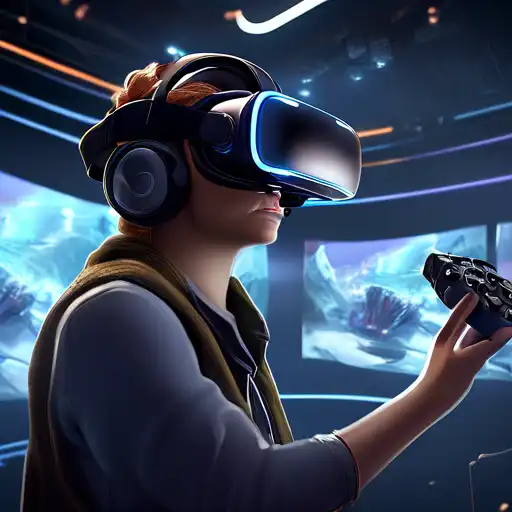Understanding the Complexities of VR Content Development
Virtual Reality (VR) has emerged as a groundbreaking technology, offering immersive experiences that were once the stuff of science fiction. However, developing content for VR presents a unique set of challenges that creators must navigate to deliver compelling and engaging experiences.
Technical Limitations and Hardware Diversity
One of the primary hurdles in VR content development is the technical limitations and the diversity of hardware. Creating content that is compatible across various VR platforms requires a deep understanding of each device's specifications and capabilities. This diversity can lead to increased development time and costs, as content must be optimized for each platform.
User Experience and Motion Sickness
Another significant challenge is ensuring a comfortable user experience. Motion sickness, caused by discrepancies between visual motion and physical movement, is a common issue in VR. Developers must carefully design movements and interactions to minimize discomfort, which can limit creative freedom.
High Production Costs
The production of VR content is often more expensive than traditional media. High-quality VR requires advanced graphics, 3D modeling, and spatial audio, all of which contribute to higher production costs. Additionally, the need for specialized equipment and software further escalates expenses.
Content Interactivity and Engagement
Creating interactive and engaging content is crucial for VR. Unlike passive media, VR demands active participation from users. Designing intuitive interfaces and meaningful interactions that enhance immersion without overwhelming the user is a delicate balance that developers must achieve.
Overcoming the Challenges
Despite these challenges, the potential of VR is undeniable. By leveraging the latest technologies and adopting innovative approaches, developers can overcome these hurdles. Collaboration across disciplines and continuous learning are key to pushing the boundaries of what's possible in VR content creation.
For those interested in exploring more about digital media innovations, check out our latest trends in digital media.
Conclusion
The journey of developing VR content is fraught with challenges, from technical limitations to user experience concerns. However, by addressing these issues head-on, creators can unlock the full potential of VR, offering users unparalleled immersive experiences. The future of VR content is bright, and with continued innovation, the possibilities are limitless.
